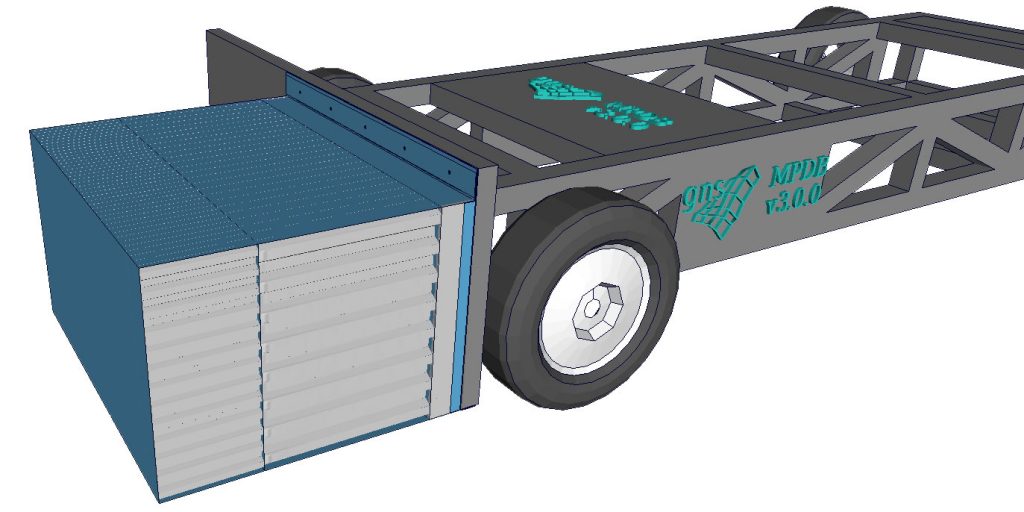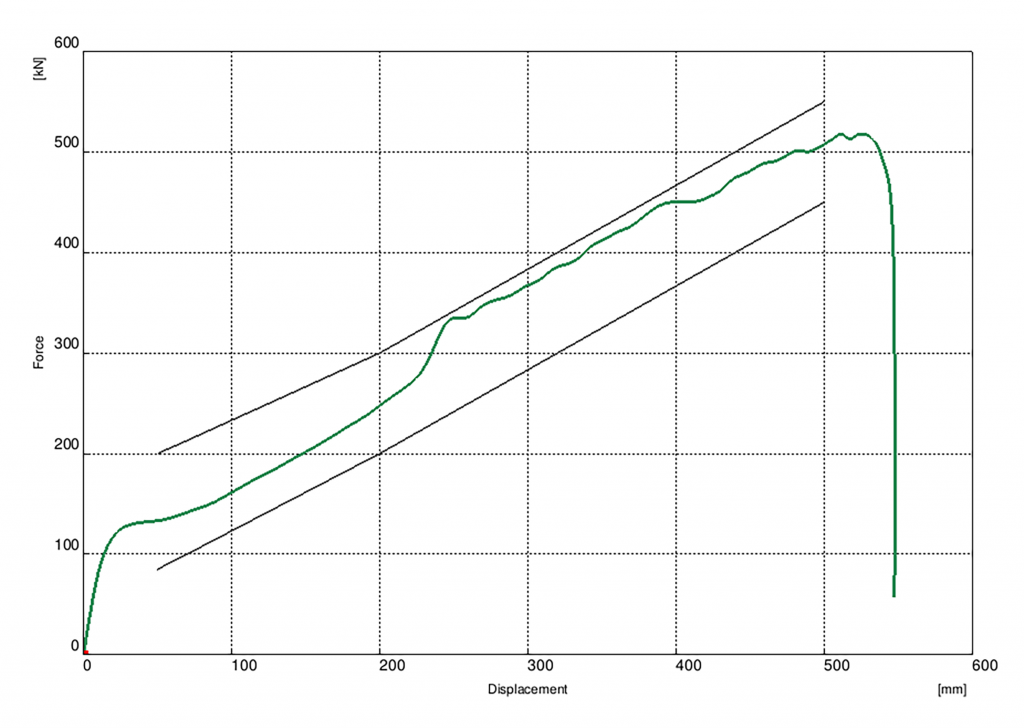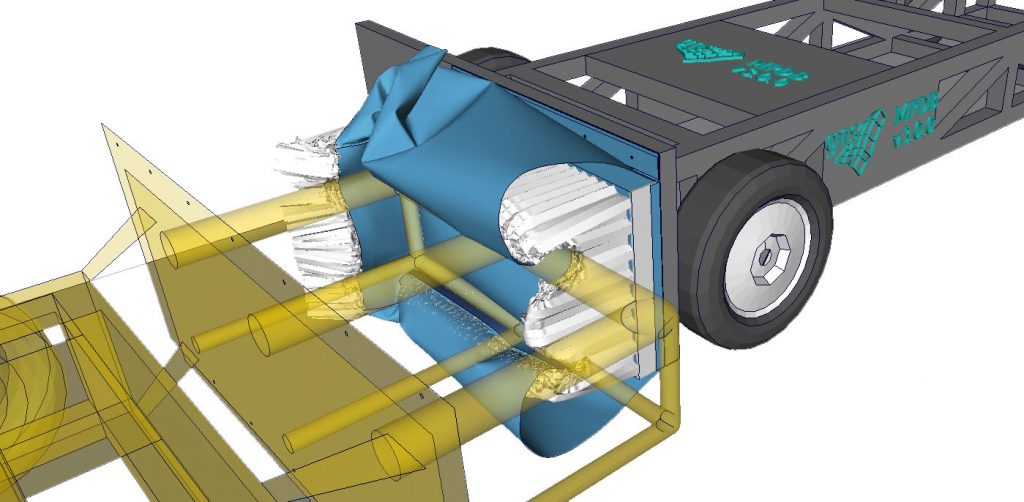MPDB SHELL MODEL
The MPDB shell model effectively implements the latest developments of LS-DYNA codes and provides users with a stable and targeted analysis.
- Used by BMW Group and CATARC
- According to tests conducted by CATARC, our MPDB model has higher accuracy and more stable performance than similar products
- Numerous dynamic tests in both the component area and with full barriers allow for consistent and finer calibration. This goes beyond the regulated barrier control process
- The development of the models is based on many years of expertise in customer projects
- Simulations can be evaluated in comparison with real test results
- Competent technical support is available at all times
- Animator4, developed by GNS, supports the customer in postprocessing the results
Specifications
The specifications of the “Euro NCAP Mobile Progressive Deformable Barrier Face Specification” Draft Version 1.2 November 2018 TB 022, served as the basis for the development of our Mobile Offset Progressive Deformable Frontal Impact Barrier (MPDB). The MPDB will be used in the 2020 European New Car Assessment Program (Euro NCAP). Starting in 2020, it will also be used in the Chinese CNCAP as part of the frontal impact test protocol.
Element Type: Shell
Numbers of Elements: 216600
Timestep: 5E-4ms
Validation Code: LS-DYNA R9.3.0
Regulation Test: EuroNCAP 2020
Frontal Impact Test Regulation Speed: Vehicle and trolley have both a target speed of 50kph
| Element Type | Numbers of Elements | Timestep | Validation | Regulation Test | Regulation Speed |
|---|---|---|---|---|---|
| Shell | 2,166,000 | 5E-4ms | LS-DYNA R9.3.0 | Euro NCAP 2020 Frontal Impact Test | Vehicle and trolley both have a target speed of 50 kph |
Validation
We used test results from four different impact conditions specified by Euro NCAP to fine-tune our LS-DYNA model. These conditions involved a car fitted with a barrier hitting a quarter-wall, a vertical barrier, a rounded barrier and a tubular impactor. In addition to comparing the deflection curves generated from analyses and tests, material tests were performed to create the material models for the distinct parts of the barrier.



